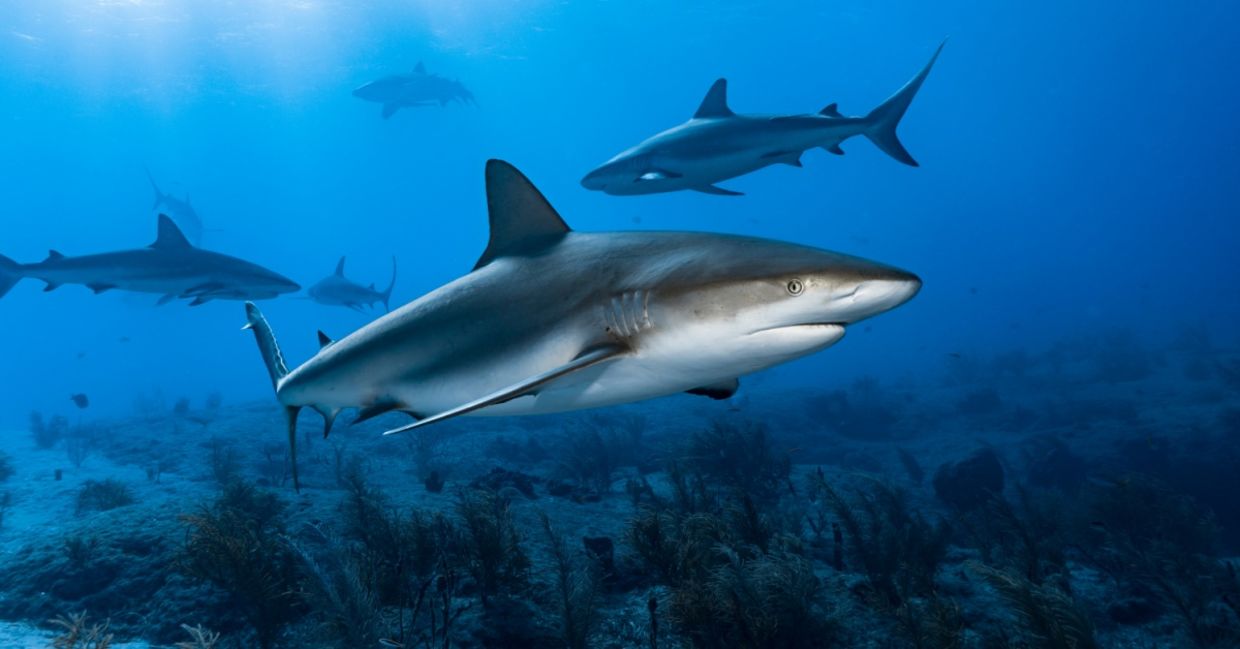
(kaschibo / Shutterstock.com)
Sharks are the most misunderstood creatures in the world. They have roamed the Earth’s waters for millions of years and have continued to adapt, evolve, and survive in the most adverse conditions.
But despite them sharing oceans with people, sharks were generally thought of as mysterious and elusive, reported BBC Wildlife. But all that changed in the summer of 1975 with the release of Steven Spielberg’s film Jaws. The movie gave sharks an undeserved reputation as man-eaters, but at the same time, sharks also became a part of popular culture.
Now, 50 years later, sharks can be appreciated for the fascinating creatures they are. Here are seven fun facts about sharks that are sure to brighten your day.
540 Species of Sharks
There are a lot of sharks in the oceans. In fact, according to the Wildlife Nomads blog, there are over 540 species of sharks with even more to be discovered. These range from tiny sharks that are 20 cm long to the giant whale sharks. While many of these species are endangered due to habitat loss, conservation efforts are helping to protect sharks around the world.
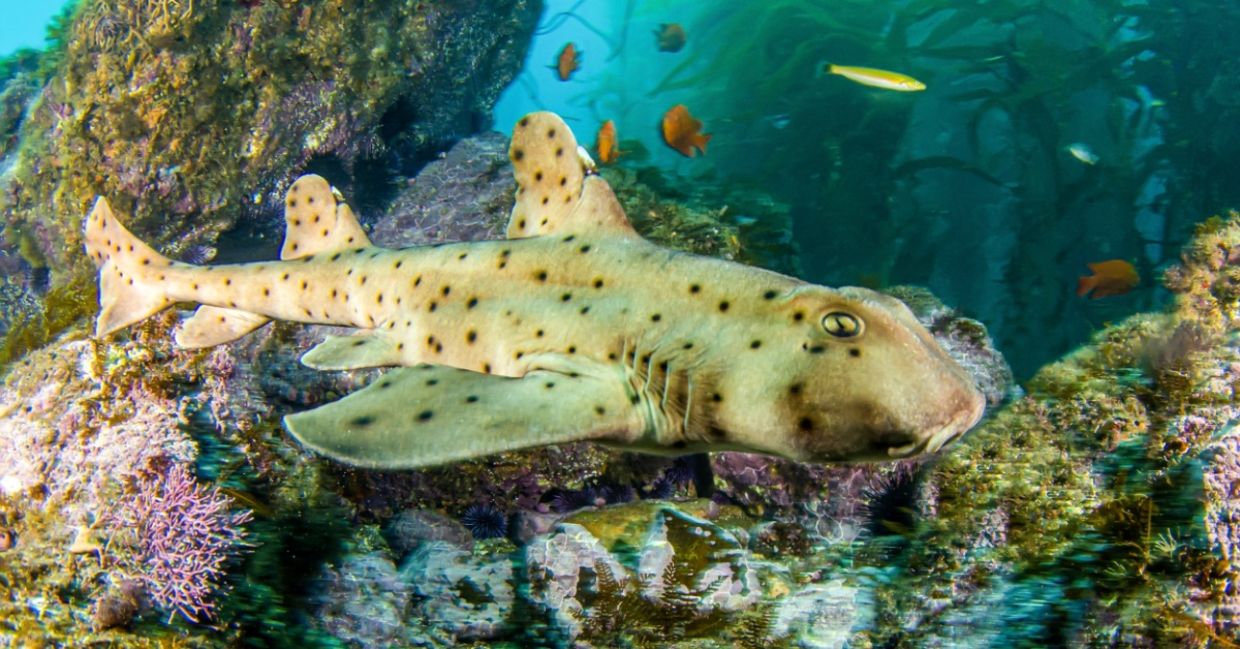
(Enessa Varnaeva / Shutterstock)
Sharks have Been Around Before Dinosaurs
Sharks have been swimming in the oceans for over 450 million years based on fossil remains found in Australia, according to the NOAA Fisheries website. That’s long before dinosaurs roamed the planet.
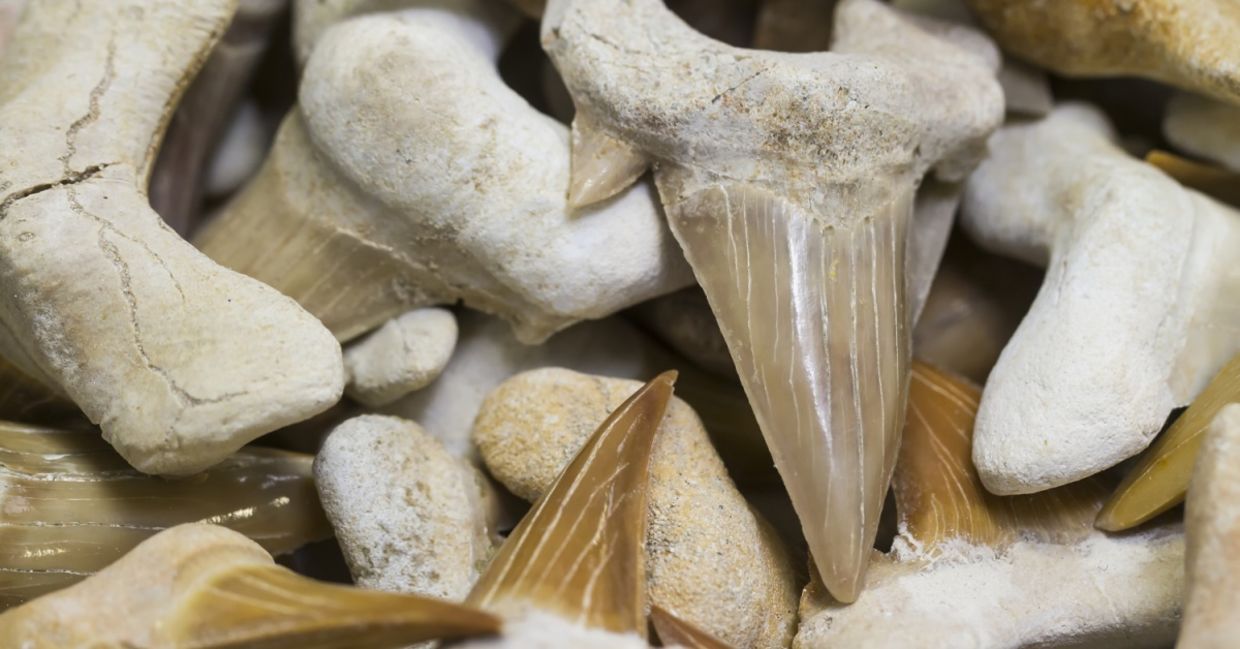
(Michal Ninger / Shutterstock.com)
Sharks Do Not Have Bones
Sharks do not have any bones; their skeletons are actually made up of cartilaginous tissues (like your nose and ears). Shar’s skeletons are much lighter than bone and this helps them to be buoyant. But even though they don’t have bones, they still can fossilize.
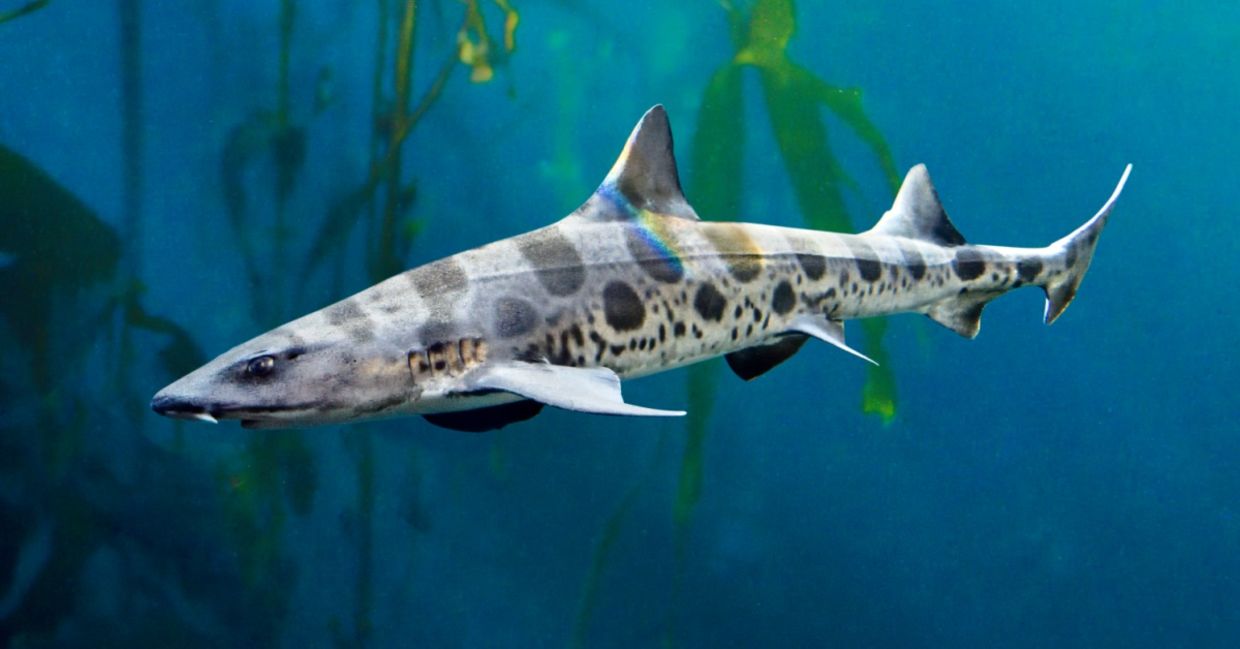
(Barbara Ash / Shutterstock.com)
Shark Skin Feels Like Sandpaper
Shark skin is very rough and feels like sandpaper. That’s because the skin is made up of tiny teethlike structures that are called placoid scales. These scales help to reduce the friction from the water when a shark swims.
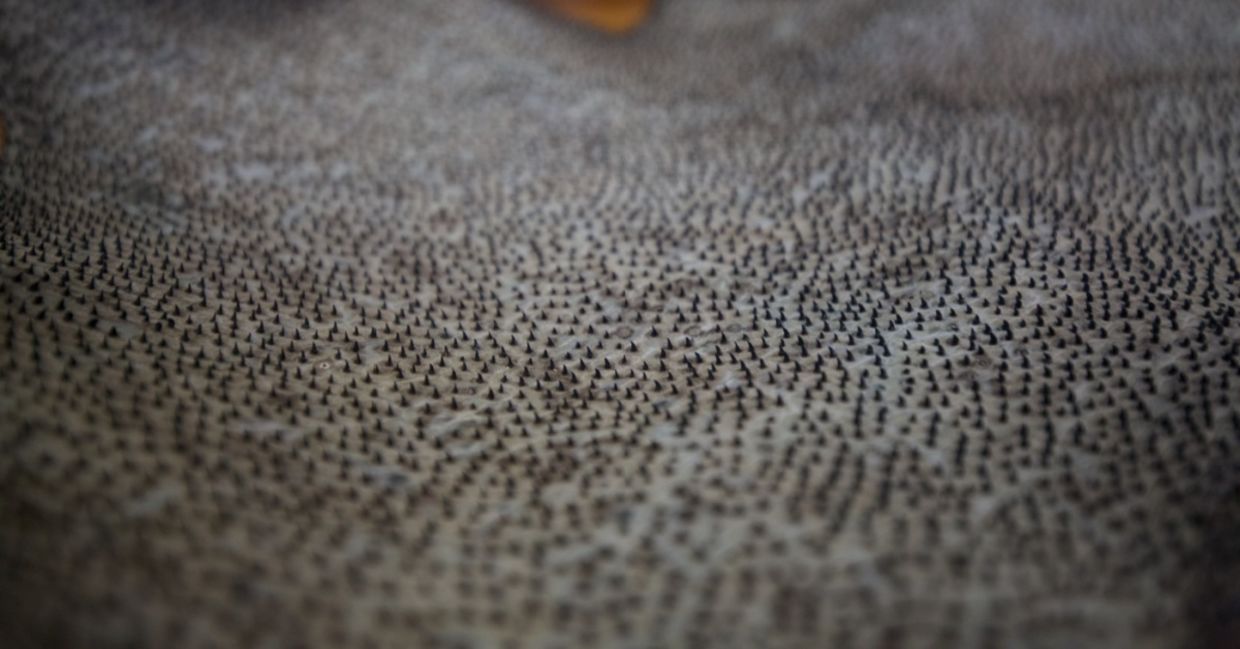
(Anzio Chou / Shutterstock.com)
Great White Sharks Can Go Weeks Without Eating
Great white sharks – the predator species that is known for its eating habits – can go a very long time between feedings, explained TreeHugger. Thanks to the oil stored in their livers, they can go as long as three months without a meal. As these sharks are migratory, this helps them make long journeys through ocean waters where food is scarce.

(Sergey Uryadnikov / Shutterstock.com)
Hammerhead Sharks Have a 360-Degree Field of Vision
Hammerhead sharks have very unusually shaped heads that make them look very comical. But because their eyes are located on the tip of their elongated heads, hammerheads have exceptionally good stereo vision. This allows the species to have a 360-degree field of vision and is helpful for finding food.
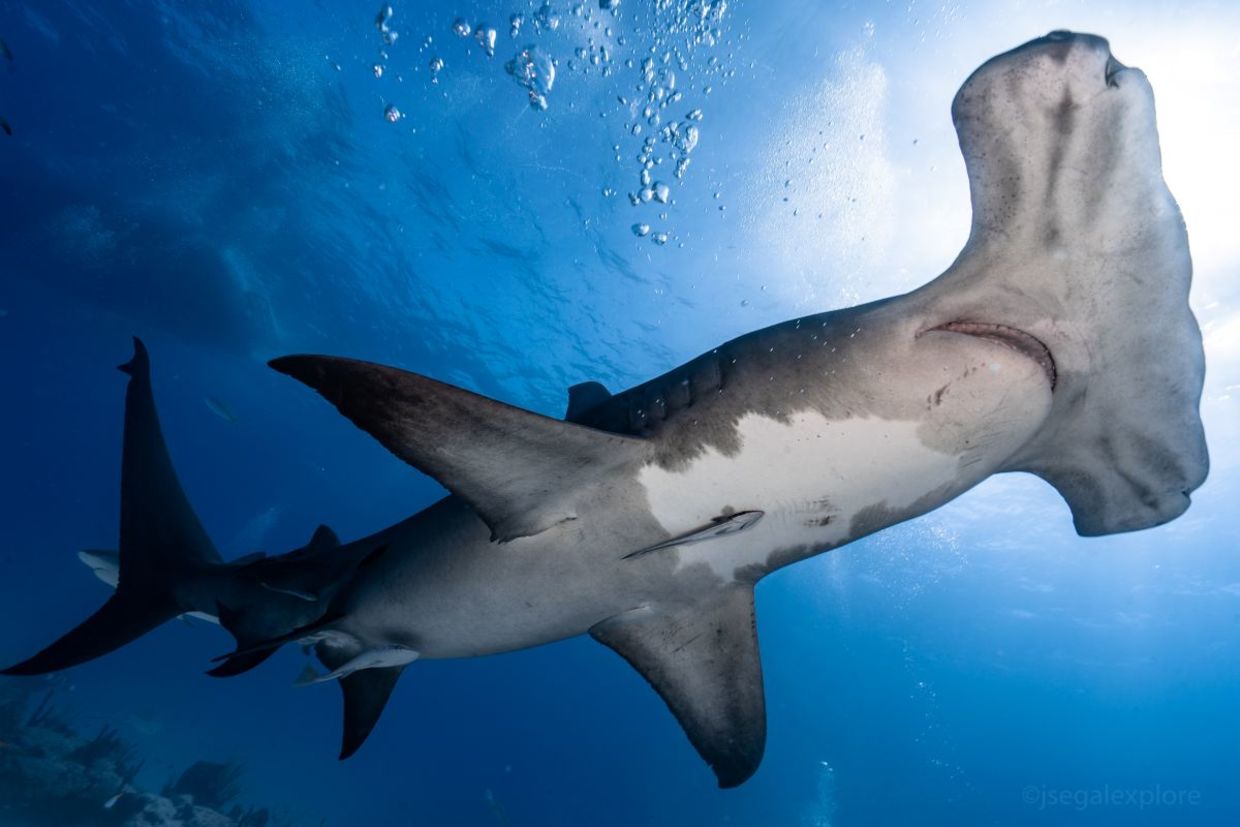
(Jsegalexplore / Shutterstock.com)
Some Sharks Must Swim Continuously to Survive
Some shark species like the great white and mako sharks need to swim with their mouths open in order to breathe. The faster they swim means that more water is pushed through their gills and the more oxygen they receive. The downside is that if they stop swimming, they stop breathing. Luckily, this doesn’t apply to all sharks.
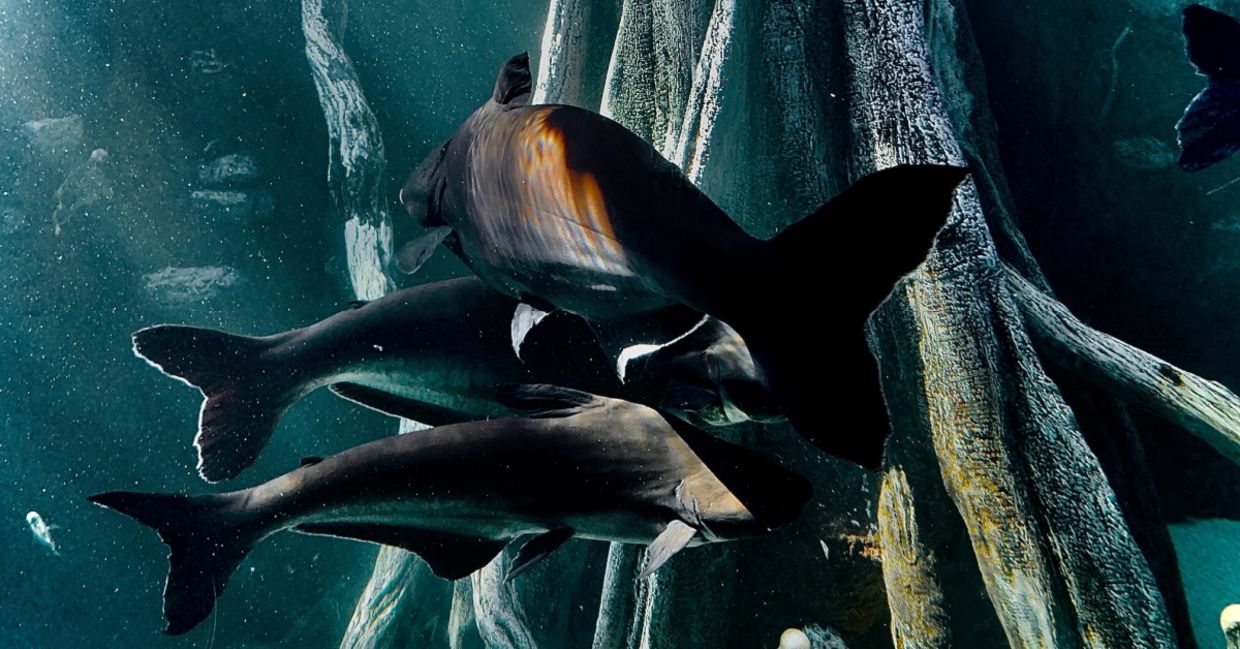
(gg218 / Shutterstock.com)







